| In Seattle, the varied kinds of Cotoneaster are among our most common ornamental shrubs. They combine ease of cultivation with pronounced beauty. Robins eat the berries, and as a result 29 different kinds have been noted wild here, as listed in my book Wild Plants of Greater Seattle. In the British Isles, at least 86 kinds have been recorded naturalized or re-seeding from gardens. Seattle botanist Peter Zika, described and keyed 18 species in the 2018 Flora of the Pacific Northwest, 2nd edition. He also cites 14 less common ones. No other non-native plant genus has more naturalized species in our area. |
| Cotoneaster can be evergreen, semi-evergreen, or deciduous. Depending on whether botanists take a narrow or broad view, the genus consists of anywhere from 80 to 400 species. A few botanists even lump Cotoneaster into a broadly defined Pyrus of many more species. |
| The genus is native in the North-temperate Old World, from Morocco to Korea, but especially in the Himalaya & W China. |
| Many Cotoneaster species and hybrids are cultivated as prized ornamentals in sunny gardens and lean soil, more for their colorful berries usually, than for leaf or flowers, though a few display wonderful fall leaf color. Cotoneaster flowers are small, clustered, and usually white, rarely pink or red; most bloom May-June, and smell unpleasant. The berries are yellow, orange, red, purple or black, tiny to over five-eighths of an inch; despite their vivid beauty they tend to be mealy, lack flavor, and last a long time on the bush before birds eat them; a few are juicy and sweet. Most have hard seeds. Doubtless, a few species are worth growing for their edible berries. Most gardeners believe incorrectly that Cotoneaster berries are toxic. At least 26 Cotoneaster species have been reported edible, and fully ripe berries of any are worth a taste test. I find that purple and black berries tend to be more palatable than the far more common red ones. |
| Cotoneaster microphyllus Wall. ex Lindl. (Rockspray or Small-leaved Cotoneaster). I found 17 references to its berries being eaten. It is native in Bhutan, China, India, Kashmir, Myanmar, Nepal, and Sikkim. However, some writers apply the Cotoneaster microphyllus name to various other small-leaved species, and telling apart the different kinds is not easy. |
| It is curious that the single species suggested as suitable for indoor bonsai treatment happens to be Cotoneaster microphyllus. But the task is difficult, as it needs a cool conditions and winter rest. It'd be way easier to grow it in a container on a balcony or deck. |
The lovely drawing by Godard reproduced below is from Revue Horticole 1889. It shows several kinds of Cotoneaster.
Back |
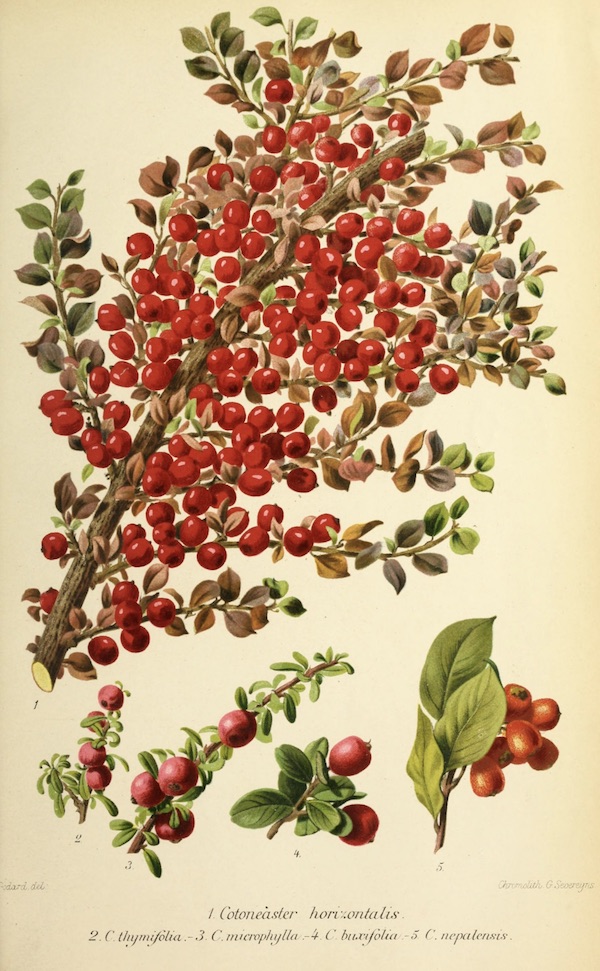
Cotoneaster drawing from 1889
|
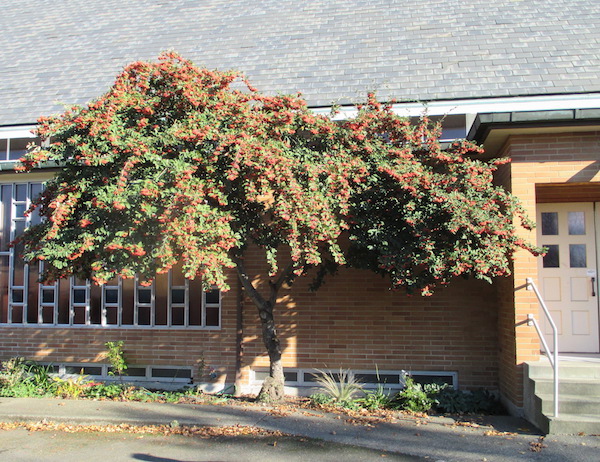
Cotoneaster lacteus pruned as a tree ; photo by ALJ
|
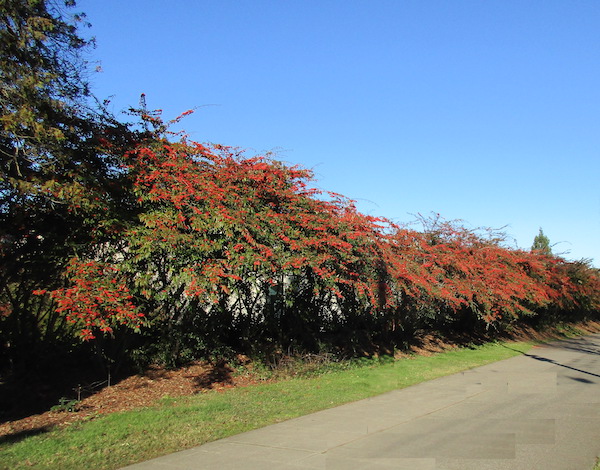
Cotoneaster salicifolius abundant berries ; photo by ALJ
|
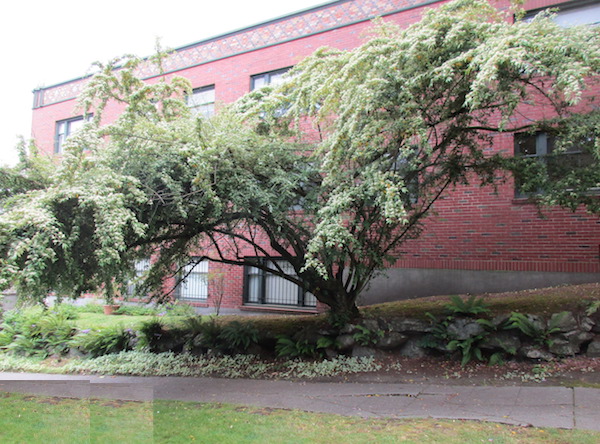
Cotoneaster salicifolius flowers on a treelike specimen ; photo by ALJ
|
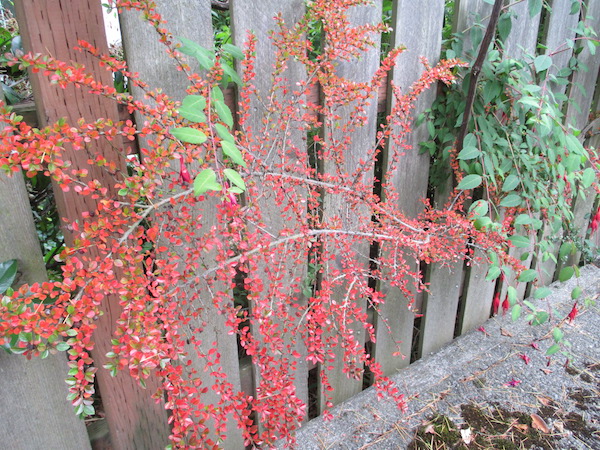
Cotoneaster horizontalis fall color ; photo by ALJ
|

Cotoneaster seedling ; photo by ALJ
|

